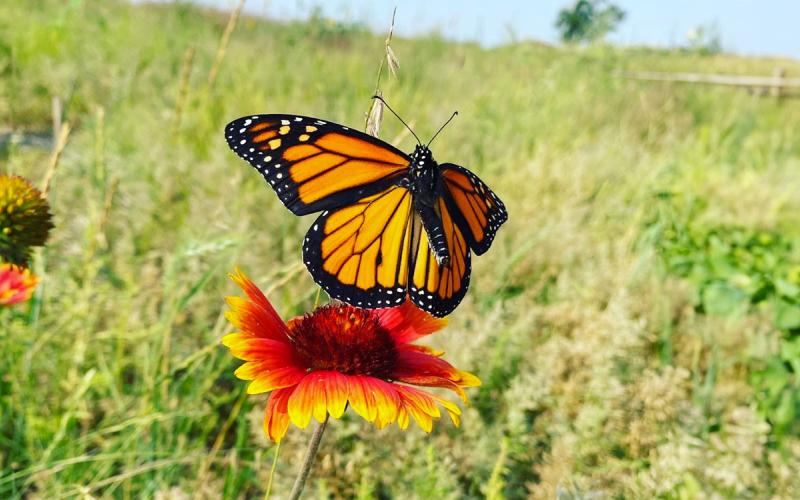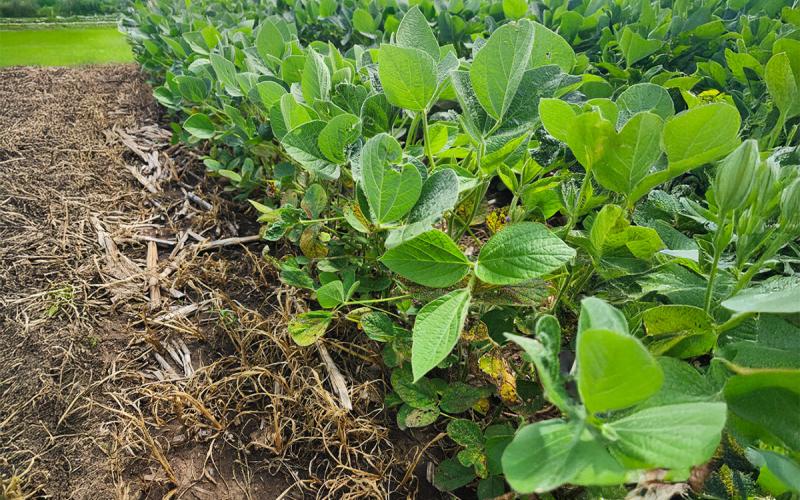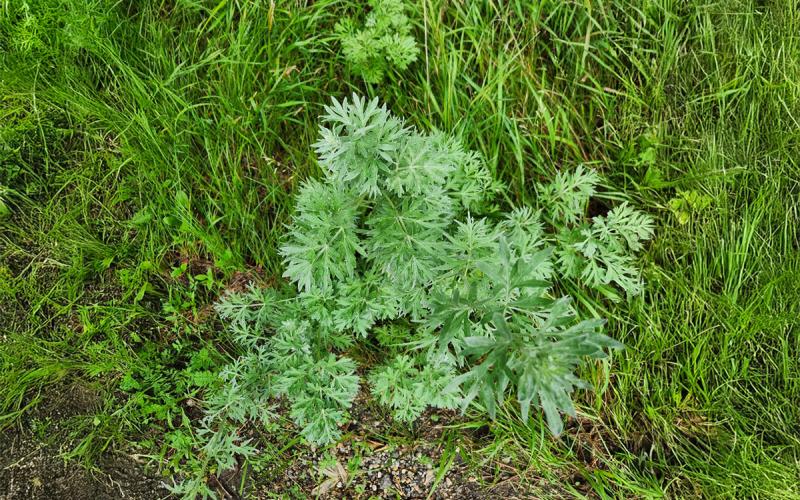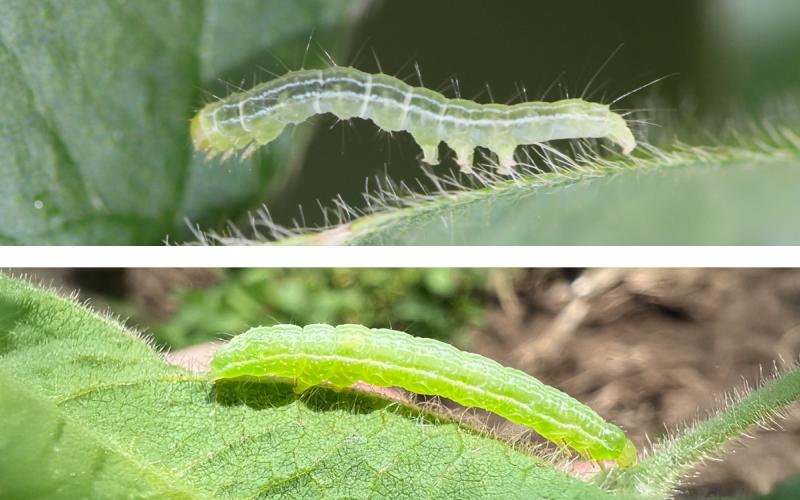Plants or Crops
All Plants or Crops Content

Backyard Natural Resources Webinar Series
Learn how to support healthy ecosystems in your backyard and beyond in this webinar series.

True Armyworm Caterpillars Are Active in South Dakota Wheat
We have received a few reports of true armyworm caterpillars in wheat that are heavily feeding on the leaves. The big concern with these pests is that they will also clip wheat heads prior to harvest, so scouting is necessary to ensure that they don't cause yield losses.

Burnt Soybeans Look a Lot Better Than Weedy Beans!
Prior to the introduction of Roundup-Ready soybean, growers were accustomed to soybeans exhibiting short-lived herbicide injury. While soybean plants may look unsightly from a PPO-inhibiting herbicide application, a more unsightly view is a soybean field full of weeds.

Update on Chlorpyrifos Use in South Dakota
As of June 30, 2025, the labeled uses for chlorpyrifos products for food and feed are limited to alfalfa, soybean, and wheat in South Dakota. Chlorpyrifos can no longer be used to treat sunflowers.

Absinth Wormwood Spray Window Passed: Mow now and plan to treat the regrowth in the fall
Absinth wormwood is a statewide noxious weed that inhabits cropland, pasture, rangeland, right-of-ways, and waste sites. If not effectively managed, the species can displace desirable vegetation, reduce crop yield and decrease land value.

Inexpensive and Simple Herbicide Programs in Corn and Soybean Will Not Be Effective
While selecting an inexpensive program with only one active ingredient in each application may be tempting due to the current agricultural economy, the result will likely be a more expensive problem in the future.

Soybean Aphids Detected in South Dakota
While scouting soybean aphids this week we observed small colonies of 5 to 10 soybean aphid nymphs. This indicates that the soybean aphids are just starting to arrive in South Dakota soybeans and weekly scouting for them should be occurring.

Green Caterpillars Causing Defoliation in Soybean
This week we observed several species of caterpillars in soybean fields. The most common species were the green cloverworm and the cabbage looper.

Sweetgrass and White Sagebrush: Native Plants with Medicinal Uses
Many native prairie plants have been used medicinally for generations by the Indigenous peoples of the Northern Great Plains. Sweetgrass and white sagebrush are hardy perennials that have a variety of uses and deep historical significance.

SDSU Extension Silage/Earlage Calculator
The Silage/Earlage Calculator is designed to help corn and livestock producers answer questions regarding the value of standing fields of corn either as grain, silage and earlage.